
Table of Contents
Every trip needs a plan for the tour guide. Your visitors come to you excited and curious to see a new place, learn something new, and have a good time.
You are the one who lives up to their hopes. So, carefully preparing the script ahead of time with good communication and stories will help you feel confident when speaking in front of your customers and give them a good time.
There are many things you need to do to write good tour guide stories that will impress your customers. But don’t worry, this guide will help you out how to write a tour guide script?. Why don’t we learn together?
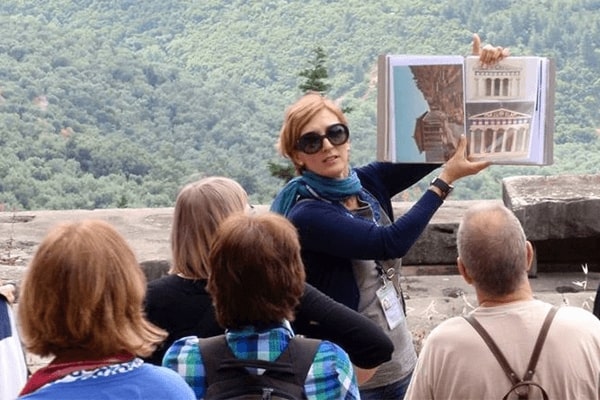
Researching the Destination
key points of interest and unique features

In the first step, you need to figure out what the most interesting and unique things are about the place you want to write a tour guide story for.
This will make it easy for you to fill out the rest of your script in the next step and make sure you don’t miss any important parts of the destination.
If you want to give customers full, high-quality information about a location, you have to know a lot about it. This takes a lot of online and offline research. Here are some things you need to work on, according to us:
- Read materials from the official tourism websites of the country or the province: They provide quite complete and trustworthy information about the destination.
- Read more research, publications and books related: These sources are great to get more valuable details about the destination.
- Read content from other travel agencies blogs
- Conduct a field trip to that place
- Join other tours to learn from their tour guide scripts
When you read information from unofficial sources, you might find different pieces of information that don’t match up. If you want to use this information in your script, make sure to check it twice. Make sure that all the information you give your customers is right.
In addition to learning about the location, you should always learn more about other things. So that if a customer ever asks you a question, you can always answer it with confidence.
This shows your clients that you are a real expert.
Understanding the Target Audience
Who is The target audience for the tour?
After doing study on the destination, the next step is to figure out who you want to reach.
This step is important, but a lot of people skip it. When you know who you’re writing for, you can make sure the story is right for them. Because each customer group has different needs and wants.
Here are the most basic things you need to know to figure out who they are:
- What is their age group?
- Their occupation?
- Their level of education?
- Where are they from?
Once you have identified the target audience for your tour, continue with the following questions to understand them:
- What are their needs, preferences, and goals?
- How do they communicate and consume information?
- What are their cultural norms and values?
After having a full understanding of your customers, you can estimate how receptive they would be to different parts of your tour guide script. You can foresee what emotions may trigger, offend and how to better deliver the information and communicate with them.
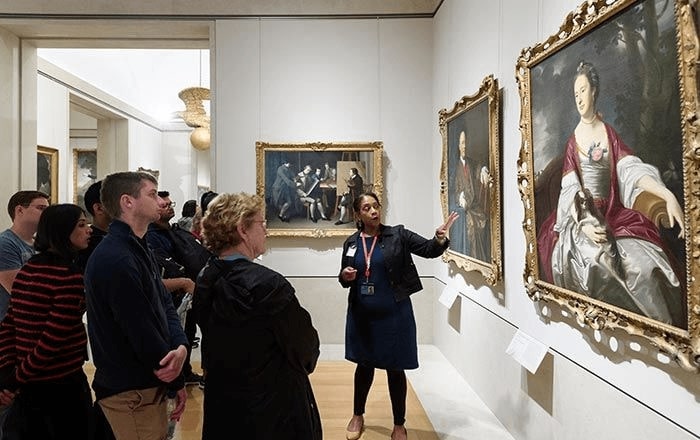
Using language and tone appropriate for the audience
Next, let’s define the language and tone to use for your tour guide script. Keep in mind that how you are saying is as important as what you are saying. So, depending on who your target audience is, use language and tone that suits them.
1. Children: Use simple language, avoid advanced words and technical terms. Use a cheerful tone to create closeness and friendliness.
For example: “Today, we are going to talk about some animals that existed a long long time ago – 65 million years ago! Does anyone know the name of this animal? Show me your hand! I’m sure you have heard about dinosaurs and have seen them in many cartoons…”
2. Young adults: With young people, you can use advanced words to convey the ideas better. Be comfortable to use slang, trendy expressions and jokes with a humorous tone because they would love that.
For example: “Do you know how long dinosaurs lived? The same as short ones! Just kidding. Dinosaur lifespan has been debated for many years….”
3. Seniors: With seniors, you should avoid using the language of the young generation. Use more formal language, and being respectful is extremely important.
4. Foreign visitors: When explaining to foreign visitors the history or culture of your country, you should speak slowly, and be patient with them when talking about things they may find unfamiliar with.
Okay this is important: You should avoid using slang, or expressions that might be confusing, offensive, or inappropriate for your audience.
In addition, depending on the topic you talk about, you also have to adjust the language and tone accordingly.
For example: When you’re talking about history or wars, use formal language and a heroic tone. If you’re talking about entertaining topics, use casual language and a cheerful tone.
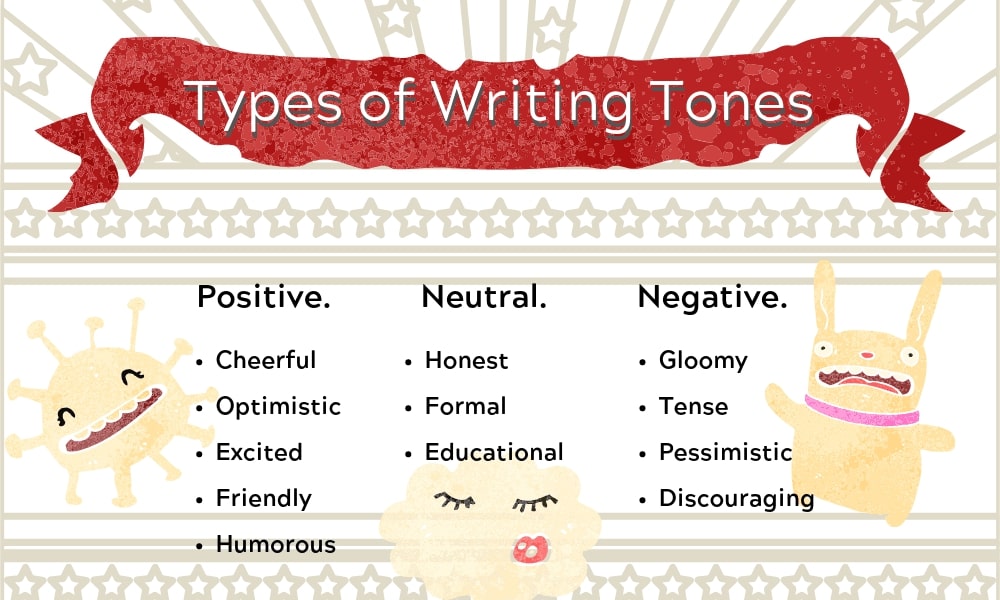
Incorporating humor, anecdotes, and interactive elements
Trying to keep people’s attention for a long time is not easy. You can picture tourists yawning, being distracted, or doing their own thing while the tour guide talks with emotion. This kind of thing happens all the time in real life.
Don’t worry, you can make things better by adding humor, stories, and interactive parts. If your tour guide script is just a list of facts and doesn’t have any of these things, your clients will soon get bored and tired of it.
People will also be able to remember the important details and information better, and they will feel more connected to the location, which will make the trip a memorable one for them.

1. Humor
Humor can lighten the mood immediately. The audience is more likely to remember you if you make them laugh and in turn remember your ideas and key points. You can show your sense of humor throughout the whole tour.
For example: “I’d like to take some time to inform you about brief safety
precautions. Always remember to S-M-I-L-E. Can I see your beautiful smiles? Very good. So SM-I-L-E for S, secure your personal belongings…”
2. Stories
Stories keep tourists curious about what you are going to tell. As a result, it is a tool to grab everyone’s attention and keep them focused. Tell stories whenever possible. If you can convey information by storytelling instead of other forms, do it.
Tips for great stories for your tour guide:
The dos:
- Have a clear message or information for your story that you want to tell your tourists
- Show them, don’t tell them
- Create tension in your story and resolve it
The don’ts:
- Don’t overwhelm your story with unnecessary details
- Don’t make it too long
Beside humor, and stories, there are other interactive elements that you can incorporate in your tour guiding.
3. Other interactive elements:
- Ask the audience
- Try out a quiz
- Make eye contact
- Body language
Not everyone was born with a natural sense of humor or mastered the art of storytelling. But the good news is that you can learn and practice to be good at it.
Here are some tips to help you improve:
a. Join tours and learn from great tour guides
b. Listen to good talks on any topic
c. Observe people around you in real life and on the internet
If you really pay attention and observe, you can learn a lot from your everyday life. Whenever you come across a good joke or an interesting expression, memorize it and write it down in a notebook. So that you can use them in your tour guide script later!
Structuring the Script
Now you are ready to start writing. The next step is to plan out how the tour guide story will be put together. Before you write the details, your presentation will be more convincing and professional if it has a clear and logical format.
A tour guide scripts is usually made up of 5 main parts:
- Introduce yourself to the group: You have to show your credibility such as your working experience, studies, time you have spent in the city, so that the travelers can have trust in you, and believe that they have made the right decision to book the tour with you.
- Regulations and reminders during visiting the destination
- Outline the tour content: Sections and the main ideas of each one. Let customers know what to expect from you and give them a sense of direction throughout the journey.
- Detailed content of each section
- Closing: Summarize all of the main points of the tour
You already knew about the destination’s main places of interest based on what you learned and found in step 1. Now, decide how you should put these points together so that they make sense.
In places like museums, the aisles and material are set up in a way that encourages people to look around. Then you just need to make an outline of the text based on that.
As for other tourist spots that aren’t like that, like historical sites or beautiful places, you’ll have to figure out the plan. There are different ways to put your information in order:
- Chronological sequence
- Spatial order
- The order of things
- Topical order
Craft captivating tour guide scripts effortlessly with our tour guide script tips. Seamlessly integrated with TravelerWp, our WordPress theme with a powerful booking engine. Elevate your tour guiding today!
Writing Techniques
After you have a clear and sensible structure, you will write the tour guide scripts’ content details. As you know, there are many ways to write, and each one is good for something different. But for a tour script, we strongly suggest that you use detailed language and language that appeals to the senses.
Using descriptive language and vivid imagery
Words used to describe things or acts are called descriptive language. They also include rhetorical arts like comparison, imagery, and metaphor.
When you read words that describe things, you get a clear picture in your mind. When describing a real tourist location, using descriptive language will help people see and feel the beauty of that place more deeply. On the other hand, if you use descriptive words in your stories, your readers will feel like they are right there with you.
You should also use sensory language in your tour guide writing, along with descriptive language. The sensory language uses all five senses to make your customers’ experience better. By using sound, sight, smell, touch, and taste, you can make your audience’s imaginations come alive.
Example: “Let me take you to 65 million years ago… The dinosaurs are playing and talking joyfully to each other at a waterfall (PERSONIFICATION & DESCRIBE ACTION). The waterfall is aquarium-blue (DESCRIBE COLOR). It is pounding the rocks and tumbling down the mountain (DESCRIBE LOUD SOUND). The bliss-pool at the bottom was varnish clear (CREATIVE). It looked like a wall of blue satin threaded with silver (DESCRIBE TEXTURE). The flowers next to it were nodding gently, casting a honey sweet smell (DESCRIBE SMELL).”
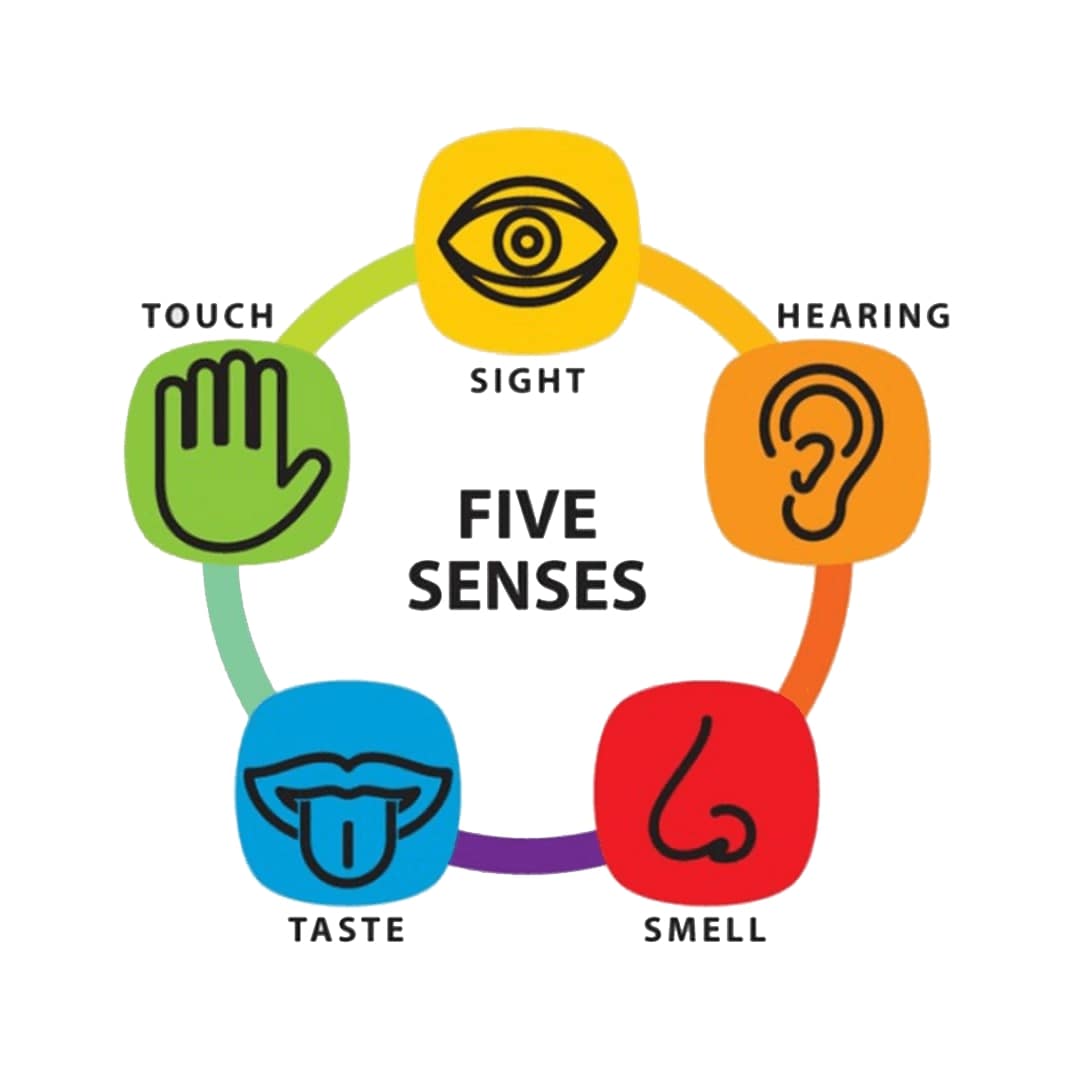
Practical Tips
With our recommendations on how to structure your tour scripts and writing tips, we’re sure that you have all the necessary tools to write good tour scripts for your own tour. Now you are going to jump into writing and finish your first draft!
Before finalizing your work, we recommend you should do the follow practical tips to make sure your tour script perfect and align with the goals that you set in the beginning:
- Making sure the tour guide writing is short and easy to understand: You should look at the length of your tour plan again and make sure it’s long enough to cover all the key spots.
- Before using it with a group, you should test the script: No matter how good you think your writing is, you need to try it out on real people. The fastest and most direct way to improve your script is to get comments from the audience. Try to solve their issues:
a. What is making them crazy: Provide more information
b. Questions about the tour guide script: Prepare the answers to the questions ahead of time, because you might be asked similar ones on your real tour.
c. Comments on how you present the material, the language you use, the interactive parts, the tone of voice, etc.: Think about them and improve them as needed
Practicing how to say the lines and how fast or slow to say them: Practice often. The more you practice, the more confident you will feel when you actually give the presentation to your customers.

- Making sure the tour guide writing is short and easy to understand: You should look at the length of your tour plan again and make sure it’s long enough to cover all the key spots.
- Before using it with a group, you should test the script: No matter how good you think your writing is, you need to try it out on real people. The fastest and most direct way to improve your script is to get comments from the audience. Try to solve their issues:
a. What is making them crazy: Provide more information
b. Questions about the tour guide script: Prepare the answers to the questions ahead of time, because you might be asked similar ones on your real tour.
c. Comments on how you present the material, the language you use, the interactive parts, the tone of voice, etc.: Think about them and improve them as needed
Practicing how to say the lines and how fast or slow to say them: Practice often. The more you practice, the more confident you will feel when you actually give the presentation to your customers.
Example of a Tour Guide Script
Example of good tour guide content: A tour guide script for a dinosaur tour, by REDPATH MUSEUM SOCIETY of McGill University.
The author put together his story in a way that makes sense and flows well. The main content is set up so that it tells you about each type of dinosaur in order. He used a story to explain to tourists why the dinosaurs died out. At the end, he told some fun stories about dinosaurs.
Here is the full tour guide script:
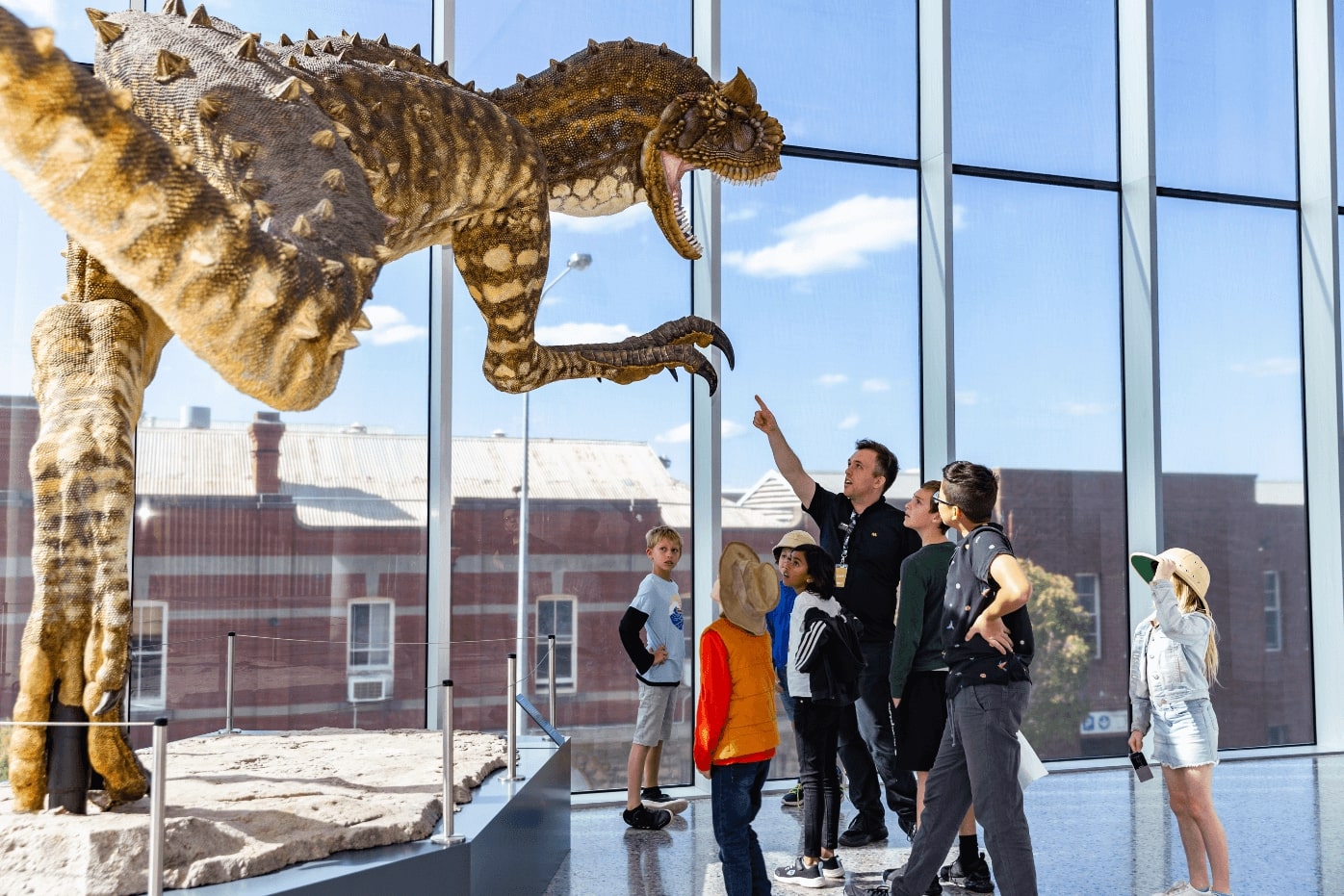
DINOSAUR TOUR
Location, 2nd floor, main gallery
A note about the dinosaur bones: Most of the bones in the museum are plaster casts from actual bones – this is due to the fragility and value of actual bones. Real bones are made of rock and are therefore very heavy – they cannot be mounted in life-like poses the same way a lighter cast can. However, a plaster cast, as an exact replica of a real bone, is as good as originals.
The Gorgosaurus (formerly Albertosaurus):
This Gorgosaurus, meaning ‘fierce lizard’, was first described in 1914 by Canadian paleontologist Lawrence Lambe. It is a smaller, slightly older cousin of the famous Tyrannosaurus rex. This specimen is a juvenile, probably equivalent to a human teenager, and is only two-thirds the adult size. Among the largest land predators ever to walk to planet, this animal had a colossal appetite. Razor-sharp teeth jaggedly arranged along its massive jaws, enormous jaw muscles that protruded from the extra holes you see in its skull and small but powerful forearms combined to enable theGorgosaurus to eat rapidly.
Stones called gastroliths were also used to further grind up meat were in the animal’s stomach.
Gorgosaurus was very fast, probably moving along much like it is posed here. Look at the length of its tail relative to the rest of its body – contrary to so many years of dinosaur representation, they did not drag their tails along the ground, but rather used them for balance. How do we know this? There have been fossils of dinosaur track-ways discovered that have rows of feet, but no line between them to indicate a dragging tail.
The Thescelosaurus
The Thescelosaurus specimen on display in the Dawson gallery was collected from southern Saskatchewan in May 2008 by the McGill Vertebrate Paleontology Field School. This small, bipedal dinosaur was a herbivore, belonging to a large group of dinosaurs called the ‘ornithiopods’.Thescelosaurus are known only from the latest Cretaceous period of North America, dating back 65 million years to a time just before the extinction of the dinosaurs. This dinosaur would have lived alongside Tyrannosaurus rex, Triceratops, the duck-billed Edmontosaurus and several small species of theropod (bipedal carnivorous dinosaurs) like Saurornitholestes and Dromaeosaurus.
There are three known species of Thescelosaurus: Thescelosaurus assiniboiensis, Thescelosaurus neglectus and Thescelosaurus garbanii. This specimen likely belongs to Thescelosaurus assiniboiensis, which was newly described in 2012. The fossil comprises of an articulated vertebral column, a large portion of the rib cage, part of a scapula (shoulder blade) and a foot. After it was collected from the field, the specimen was leant to McGill under loan from the Royal Saskatchewan Museum. The long process of preparing the fossil out of its sandstone matrix took four years, but the effort was worth it!
The Dromaeosaurus:
The Dromaeosaurus (‘running lizard’), is a dinosaur species found mainly in Alberta. Despite their relatively small size, they were very successful pack hunters, often taking down prey much larger then themselves.
With their razor-like claws and teeth, and their fearsome speed, a group of these raptors could easily overcome a much larger dinosaur before it had time to react. One large dinosaur would make a handsome meal for a group of much smaller Dromaeosaurs. Like the Gorgosarus, these dinosaurs also had long tails that they most likely used to maintain balance while pursuing their prey. TheDromaeosaurus may have developed a form of society out of the necessity to compete with much larger predators.
The Archaeopteryx:
Archaeopteryx (‘ancient wing’) is the world’s oldest bird. Only ten fossils of this animal have ever been found, all from a place in Germany called Solenhofen. When the Archaeopteryx was first found, the feather impressions were accidental erased because the specimen was thought to be small carnivorous dinosaur. We now know that many small carnivorous dinosaurs also had feathers which were used, not for flight, but for insulation and/or sexual display.
Why have no dinosaur fossils been found in Quebec?
While dinosaurs almost certainly roamed around parts of Quebec and Ontario, no fossils have been found in this area. The fossils we find in Montreal today are of the Ordovician era; 200 million years before dinosaurs evolved. Remember the famous ice caps that ravaged our territory a million years ago? The weight of the ice gouged away 450 million years of sedimentary rock, along with any fossils that were preserved within it. Alberta, Saskatchewan and Manitoba have undergone a different set of geological events and therefore the dinosaur-bearing rocks in these provinces are still intact.
What happened to the dinosaurs?
At the end of the Late Cretaceous period 65 million year ago, a huge meteorite crashed into the Gulf of Mexico, leaving a crater 100km across. It was likely not the impact itself that killed most of the animals and plants of the time, but the clouds of dust the collision threw up into the air. For as long as a hundred years, these clouds obscured the sunlight, affecting the whole food chain: first, the plants could no longer grow, next the herbivores could no longer eat, and then the carnivores ran out of food. The daily hours of sunlight had become too few for life to continue on its previous course. At this point, it is thought the far more resourceful mammals began to prosper, spread and diversify, leading to the eventual ascent of our own species. If the dinosaurs had never disappeared, it is unlikely that we would have had a chance against them. (information from Bruno Paul Stenson, M.A.)
Outline of Mesozoic Era: 248 to 65 million years ago
Triassic Period 248-206 MYA – The world was one major landmass called Pangea, it consisted of dry landscapes, gingkoes, ferns and cycads (similar to palms), but no flowering plants. Animals included the first dinosaurs and small early mammals.
Jurassic Period 206-144 MYA – Pangea split into a northern continent (Laurasia) and a southern continent (Gondwana). It was a more humid and cooler climate than before with conifers, cycads, tree ferns and gingkoes, but probably no flowering plants.
Cretaceous Period 114-65 MYA – Continents split further and North America is split by a shallow sea extending from Hudson Bay to the Gulf of Mexico. Western North America connected to eastern Asia and the climates were seasonal. The first flowering plants were becoming more dominant than conifers and cycads. Grasses were not yet present, as this type of plant did not evolved until the Cenozoic age. More species of dinosaurs evolved during the Cretaceous period than during the Triassic and Jurassic periods combined.
Interesting Dinosaur Facts:
- Physiology: Like mammals, most dinosaurs could walk and breath at the same time. Most other reptiles can’t do this because the muscles that control their limbs are also associated with their breathing.
- Senses: Therapods (all carnivorous dinosaurs) had well developed eyes and vision centres in the brain, suggesting they relied on sight to locate prey. Some plant eaters seem to have relied on smell to detect predators.
- Feeding: Sauropods (‘long-necked dinosaurs’) used stones in their gizzards to grind down plant matter swallowed whole. Ceratopsians (horned dinosaurs) used grinding teeth. Therapods (all carnivorous dinosaurs) had large heads, blade-like teeth, and an extra joint in the jaw to accommodate large pieces of food.
- Sexual Dimorphism: Paleontologists speculate that Tyranosaurus rex males were grassile, while the females were heavier. Some hadrosaurs (‘duck-billed dinosaurs’) males may have had long head crests, while females had shorter ones. In Protoceratops ( a small horned dinosaur), the males had large frills while the females appear to have had smaller ones.
- Speed: Short femur (thigh bone) and long tibia (shin bone) are indicators of a fast runner. Small therapods had disproportionately long legs built for speed and could reach speeds up to 25 kph. Because of their large size, larger therapods we slower, reaching speeds of about 15 kph. Sauropods were slow and were incapable of running.
- Social Groupings: Large therapods (carnivorous dinosaurs)may have been solitary or moved in pairs, although there is also evidence that they may have hunted in packs. Small therapods moved in groups of tens of individuals. Sauropods moved in groups of a dozen. Ceratopsians moved in herds of hundreds or thousands.
Conclusion
You are at the end of this article. There are so many things to learn and practice right? We agree that writing a good tour guide script is not an easy task. Let’s summarize what you have learned so far! We have gone through step-by step instructions to write a good tour guide script.
- Researching the destination
- Understand the target audience
- Structuring the script
- Writing techniques
- Practical tips
- Example of good tour guide script
We hope the article helps. And we believe that by implementing these strategies, tips and advice that we provided, you can create your own tour guide script that amazes your tourists.
